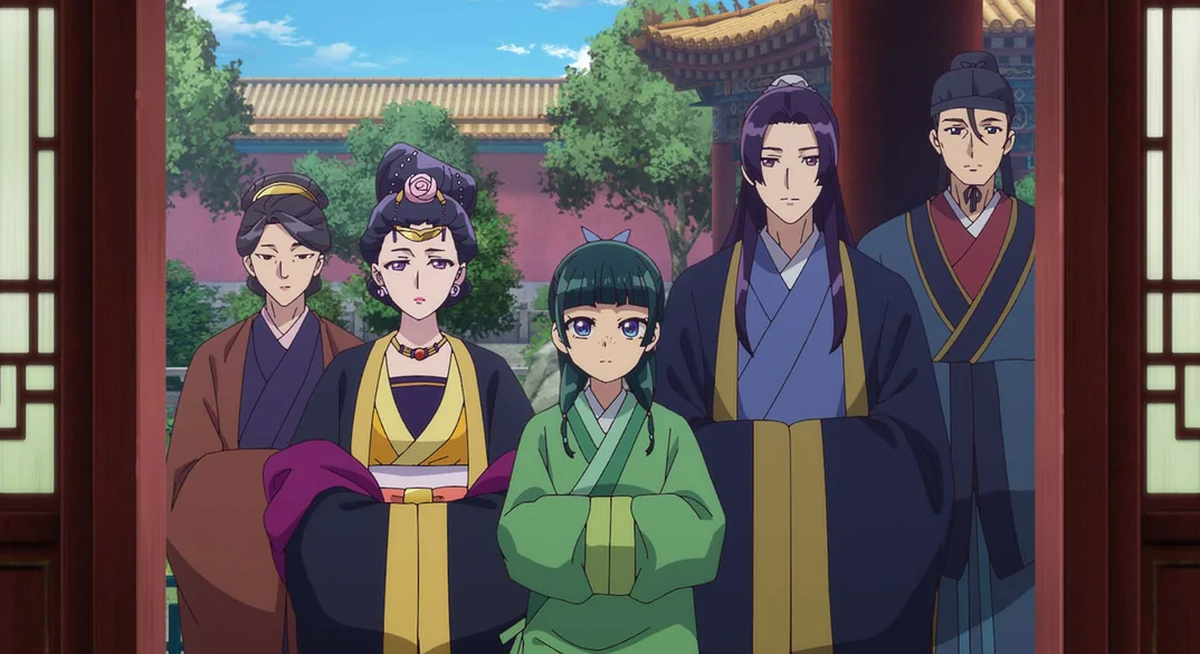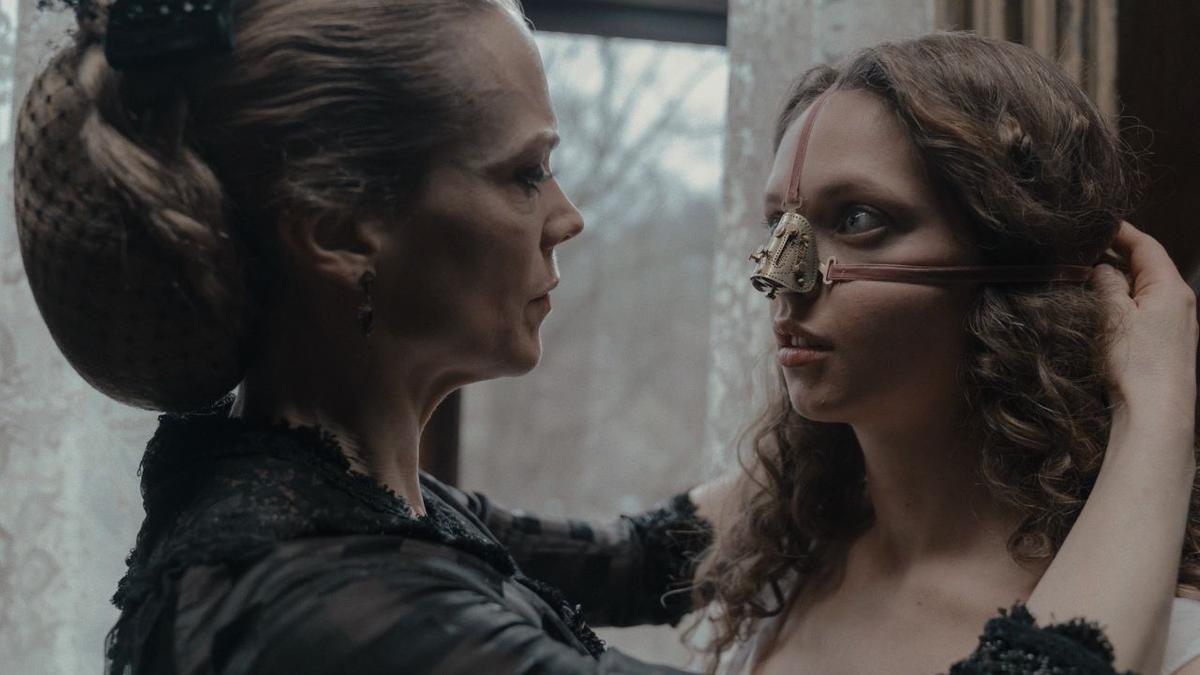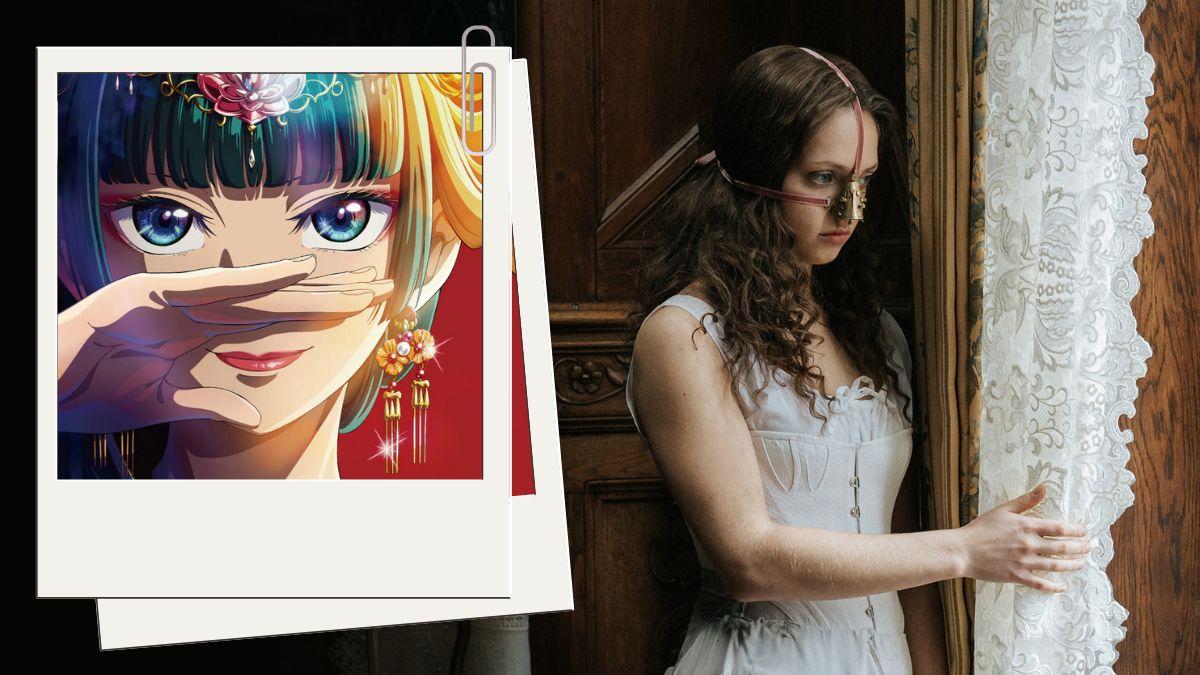
Stills from The Apothecary Diaries and The Ugly Stepsister
| Photo Credit: Crunchyroll, MUBI
Whether you’re an old hand at arthouse or just dipping a toe into the rising otaku subculture of anime aficionados around the world, this column lists curated titles that challenge, comfort, and occasionally combust your expectations.
This week’s picks speak a shared language of survival. In one, a crafty apothecary tests poisons on her skin to avoid being made into a commodity. In the other, a girl mutilates her body to claim a glass slipper that was never meant for her. The Apothecary Diaries (available on Crunchyroll) and The Ugly Stepsister (streaming on MUBI) carry similar corporeal undercurrents of placing the female body under the lecherous gaze of power and expectation.

From the drawing board
The Rear Palace of concubines in The Apothecary Diaries is a silk-wrapped powder keg set in medieval China. This is an Imperial court of whispering walls, poison in rouge pots, and concubines whose lives are negotiated through fertility, appearance, and charisma. Protagonist Maomao is a freckled, sharp-tongued apothecary from the brothel district, who bargains her wit over her chastity.

She is drafted into a world where a woman’s survival hinges on how convincingly she can perform beauty. Rather than adorn herself, she disfigures strategically, knowing invisibility can be its own kind of shield. The story is told through a series of whodunits that feature baby-killers, paedophiles, grand conspiracies against the throne, and a thousand different ways to poison someone; all of which are threaded through with postmortems on how women’s bodies are policed in the name of etiquette.
The real history is uglier than the anime’s gorgeously rendered frames. In Imperial China, concubines were often recruited as teenagers (sometimes even as children) and confined within the Rear Palace, where their bodies became state property. Eunuchs controlled their movements. Foot binding was common as a fetishised marker of beauty and as a means to physically restrict them. Favoured consorts could wield great influence, but the rest were traded, discarded, or erased from record.

A still from ‘The Apothecary Diaries’
| Photo Credit:
Crunchyroll
If the decadent scheming of Downton Abbey or Bridgerton, the austere court games in The Crown, or even the poisonous politicking of Game of Thrones ever caught your ear; this will feel like a cleverer, prettier companion piece.
Foreign affairs
The body horror of The Ugly Stepsister takes the fairytale of Cinderella, drags it through Cronenbergian gore, and hangs it out to dry in a ballroom reeking of bodily fluids. Adapted from the Brothers Grimm’s Aschenputtel, the film follows Elvira, who is egged on by a monstrous mother with aristocratic delusions to subject herself to primitive cosmetic surgeries, tapeworm diets, and social humiliation, only to be seen as worthy of a prince.

Director Emilie Blichfeldt channels the gothic grotesquerie of fairy tales in their truest forms, with blood, viscera, and rot aplenty. This body horror reclamation of sanitised children’s classics interrogates the politics of the glass slipper. Every nightmarish new contortion or disfigurment that Elvira torments herself with is a portrait of what beauty culture consumes from women.
Somewhere between The Substance and Saint Maud, this film crawls into the space between aspiration and mutilation. This trend of using body horror to tell subversive feminist stories has gained momentum in recent years, with films like Titane and Swallow turning flesh into a canvas for rebellion and reclamation. Filmmakers have been exploiting the grotesque to map the psychological and societal pressures imposed on women.

A still from ‘The Ugly Stepsister’
| Photo Credit:
MUBI
In both these stories, aesthetics are deceptive. One girl learns to survive it with a scalpel for a tongue. The other slices herself into the shape she believes the world demands, only to find the world still isn’t watching. But both tales are born from the same violent, leering rot of insidious patriarchal expectation.
Ctrl+Alt+Cinema is a fortnightly column that brings you handpicked gems from the boundless offerings of world cinema and anime.
Published – October 17, 2025 03:24 pm IST



